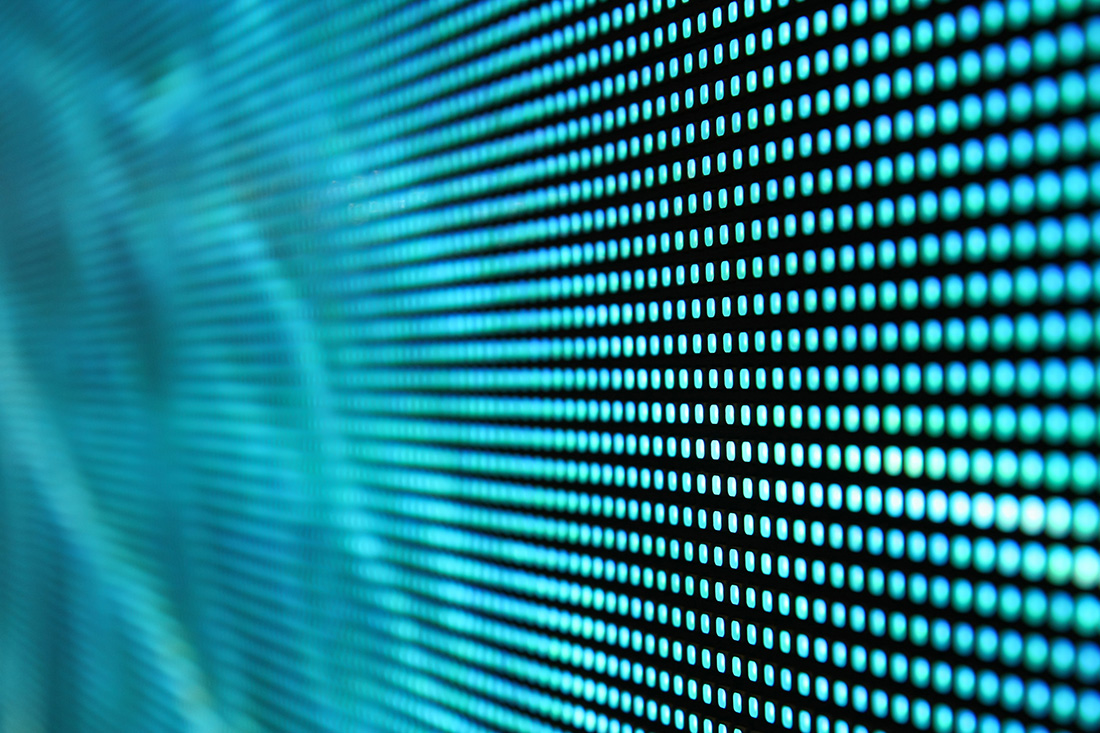Investigating the Key Elements That Influence Hue Uniformity in LED Panel Panels for Optimal Display Performance
Investigating the Key Elements That Influence Hue Uniformity in LED Panel Panels for Optimal Display Performance
Blog Article
Hue uniformity in LED wall screens is essential for achieving optimal visual output. light-emitting diode wall panels are widely used in various settings, including concerts, meetings, and promotional showcases. When the colors on these panels are consistent, they create a more captivating and enveloping encounter for audiences. Several key factors influence hue uniformity, including the caliber of the light-emitting diode components, calibration procedures, and surrounding factors.
The caliber of the LED components plays a significant role in color consistency. Various types of light-emitting diodes produce light at different wavelengths, which can affect the overall color output. Premium light-emitting diodes are designed to produce a more uniform light range, resulting in better color accuracy. Additionally, the production method of these LEDs can impact their performance. Panels made with high-grade materials and techniques tend to have less hue differences, guaranteeing that the shown pictures and footage look vibrant and true to life.
Tuning is another essential element in preserving hue uniformity in light-emitting diode wall panels. Calibration involves modifying the configurations of the panel to make certain that the hues displayed match the desired appearance. This process can include adjusting luminosity, contrast, and hue equilibrium. Regular calibration is essential, especially in settings where lighting conditions vary often. By calibrating the panels, specialists can fix any discrepancies in hue output, resulting to a more uniform observing experience.
Surrounding factors also affect color consistency in light-emitting diode wall screens. Factors such as ambient light, temperature, and moisture can influence how colors are perceived. For instance, intense surrounding light can dull colors, making them appear less lively. Similarly, harsh temperatures can affect the performance of the light-emitting diodes, resulting to color changes. To mitigate these problems, it is essential to place light-emitting diode wall screens in controlled environments where lighting and heat can check that be controlled efficiently.
Finally, the design and layout of the light-emitting diode wall screens can affect hue uniformity. The configuration of the panels, as well as the spacing from which they are observed, can create differences in color perception. When panels are placed too distant apart or at varied positions, audiences may notice inconsistencies in color. To obtain the best visual performance, it is crucial to take into account the positioning and arrangement of the screens during installation. By addressing these factors, users can guarantee that their light-emitting diode wall screens provide a consistent and superior optical encounter.